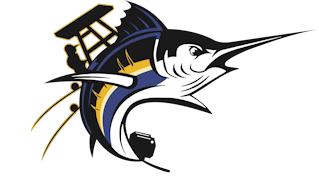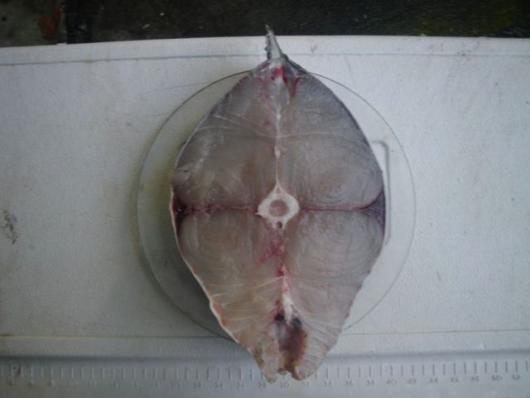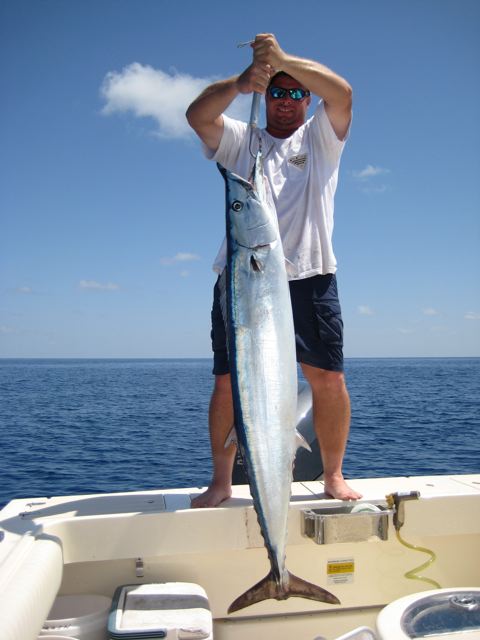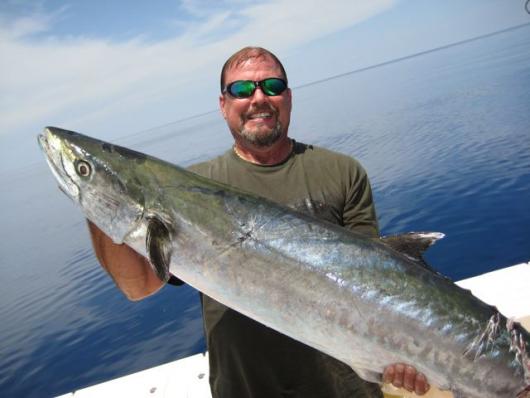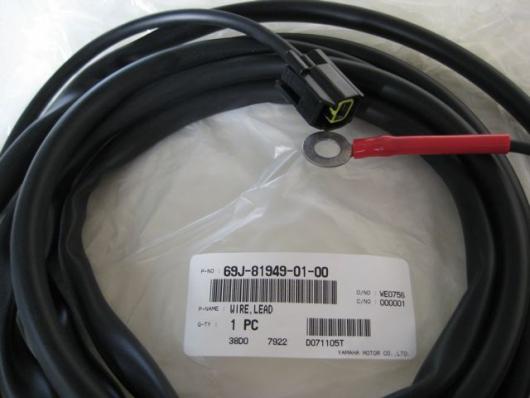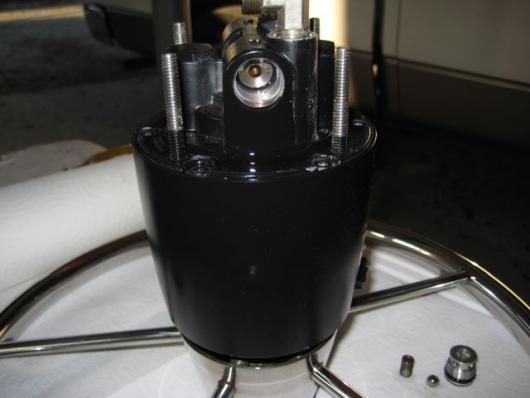my 3 yo Parker came standard with a SeaStar hh5271 (2006). worked as good as expected for the first two years. then the check valves started sticking. cleaned them periodically. then more and more frequently. the hydrauic fluid was beginning to add up. also the engine would fall over to one side while trailering.....no biggy but a PIA to get in the boat and straighten prior to launch. finally decided to just bite the bullet and buy a brand new helm. best price was at Gotomarine.......very nice to deal with and quick delivery. based on my research over the last year on SeaStar issues, it appeared that for good while there, they were having some quality issues, whereas prior to those issues, they had a pretty solid reputation. it seems that while my new helm pump still shares the same designation (HH 5271) it appears outwardly, and inwardly to be a better design (i hope) from the previous one. installed it tonight, feels much smoother, even more so when the old one was new. time will tell (fingers crossed). point of interest if you get a new helm, save the old 90 degree fittings and use them, because the new ones that come in the box have too much plating on them and cannot be tightened as specified. oh, and BTW the engine stays where i put it now.........the new helm has solved all the issues i had.
